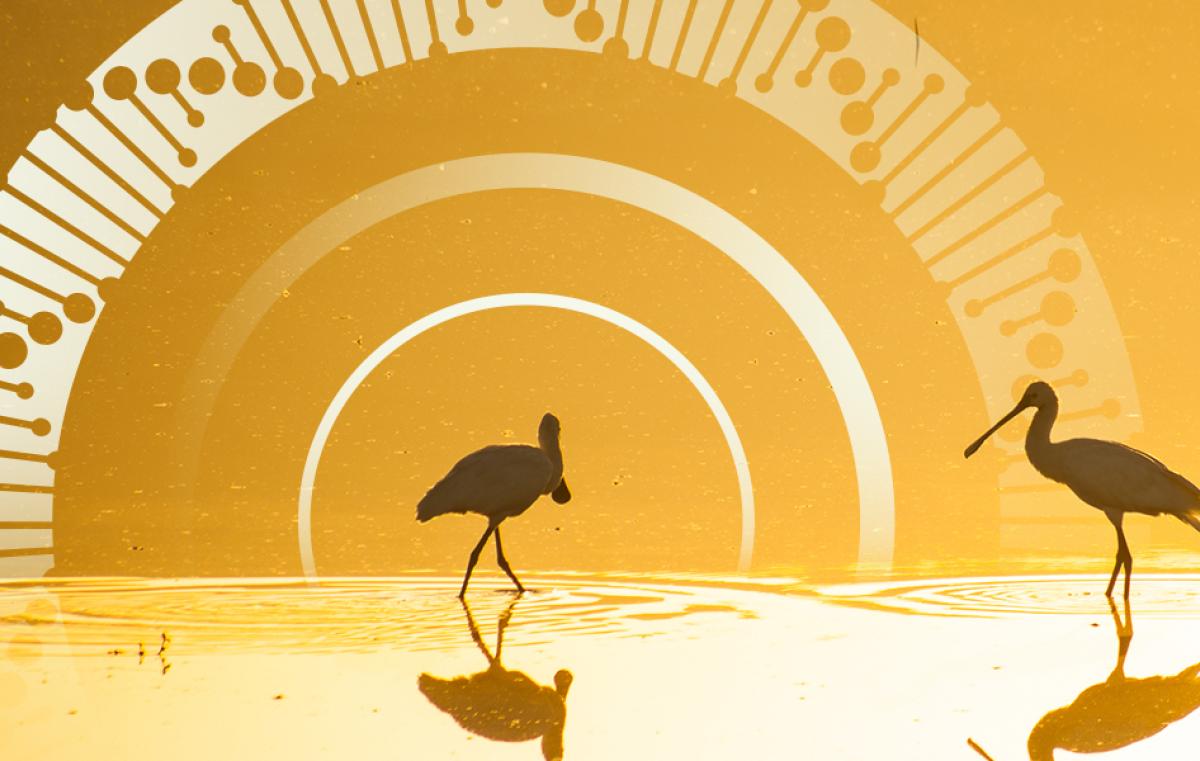Draining Israel’s Hula Valley
October 30, 1957 marks the completion of the drainage of Lake Hula and its surrounding swamps in northern Israel. Dotan Rotem, a doctoral student in BIU’s Department of Geography and Environment, writes about the swamp which is no longer

On October 30, 1957, the draining of the Hula lake and swamp by the Jewish National Fund (JNF) was completed. The processes that have taken place since then are an important lesson in nature conservation. Dotan Rotem, a doctoral student in Bar-Ilan’s Department of Geography and Environment and a landscape ecologist at the Israel Nature and Parks Authority, briefly presents the story of the rare habitat.
At the beginning of the 20th century, the Hula Valley had 13 square kilometers of lake and 47 square kilometers of seasonal swamps. This area was home to hundreds of animal species and a rest stop for dozens of migratory bird species. As a watershed basin, the lake and swamp also functioned as a water quality control mechanism for the Sea of Galilee (the Kinneret).
Part of the idea of draining the Hula during the years 1951-1959 was the preparation of agricultural land. For this purpose, two large canals were dug out, through which the waters of the Jordan River and its sources flow to this day. From the onset of the drainage operations, the thought arose that part of the ecosystem should be preserved. At the forefront of those pushing for conservation was the late Prof. Amotz Zahavi, who, as a master’s student during this period, studied the birds nesting in the region.. The JNF also pushed for the establishment of a nature reserve. During the 1960s, management of the area was transferred to the Nature Reserves Authority (now the Nature and Parks Authority).
The area allocated to the reserve was not part of the Hula’s hydrological system. To maintain an open water surface required dirt batteries and an artificial water regime. Over the years, much money was invested in maintaining the conditions and the water quality in the reserve. After the draining of the Hula, residual water from fish ponds and partially purified water were allocated to the reserve. Following struggles and thanks to the “Rights of Nature Law”, clean water is now flowing into the reserve. With the return of clean water, a black-bellied amphibian, the Hula Painted Frog, was rediscovered at the site, an amphibian that was considered extinct for almost 70 years and apparently survived in the springs where the water quality was maintained.
The draining of the Hula Valley had a profound impact on the area. The Hula served as a watershed basin for alluvium before the water flowed into the Sea of Galilee. As a result of the drainage, the quality of the Sea of Galilee water deteriorated greatly and excess fertilizers, pesticides and other substances flowed into it from the Hula Valley, which had been transformed into an intensive agriculture region. In the valley, itself, processes took place as a result of the exposure of the peat that was at the bottom of the lake. The peat was carried by the winds, and over the years the ground sunk more than a meter. Peat is an organic material, and underground fires lasting for years also contributed to the sinking of the land and forced those managing the area to keep groundwater at a height that would prevent the fires, which harmed agriculture in some of the areas where the lake had existed. Finally, during the 1990s, it was decided to re-flood part of the ancient lake, which is the Agamon Hula.
The processes that took place in the valley provide a valuable lesson about the importance of ecosystem services and cultural mechanisms, which we receive as a gift from nature but yet, can so easily change for the worse.